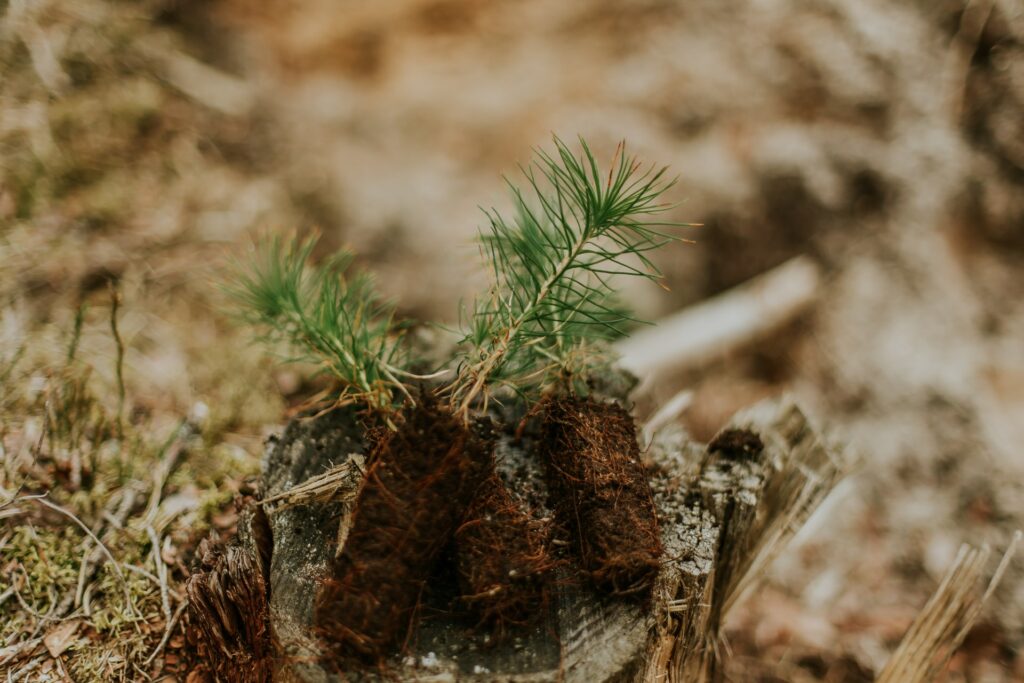
Seeing the wood for the trees
15 October, 2021
Tree planting has become one of the most ubiquitous corporate sustainable initiatives with companies buying up large swathes of land to make good on their carbon commitments. Projects like tree planting and restoration, increase land value and benefit from financial government support. So, alongside carbon offsetting, the land yields high profits for the companies involved.
The Highlands of Scotland have recently been a hotspot for these eco land grabs. In response, the Scottish Land Commission has highlighted the potential for a new generation of ‘green lairds’ where investment in the land fails to benefit the local community. With lack of regulation consolidating their power, it’s easy to see parallels with the Highland Clearances of the 19th Century.
Similarly in Wales, large investment firms have been buying up farmland for carbon offsetting. Locals fear a loss of heritage and identity as many of these companies have no plans to continue farming traditions or engage with the community. Many are non-Welsh firms, creating a tension as they exploit its natural capital while funnelling profits away from the country.
We need more accountable ownership structures to ensure that the benefits of natural capital reach communities. For example, encouraging shared ownership, which gives people a stake in the land they live and therefore its nurture and protection.
However, this is also a chance for companies to think beyond tree planting to create projects that have a greater impact, both ecologically and socially. Could firms support innovative forest farming projects in Wales? Or aid the natural forest regeneration programmes already established in the Highlands?
The problem with carbon offsetting is that many companies fail to see the wood for the trees. It’s important to take a step back and consider that when you plant trees what else is being uprooted or overshadowed.
By Jessie Smith
 Back to all friday 5
Back to all friday 5